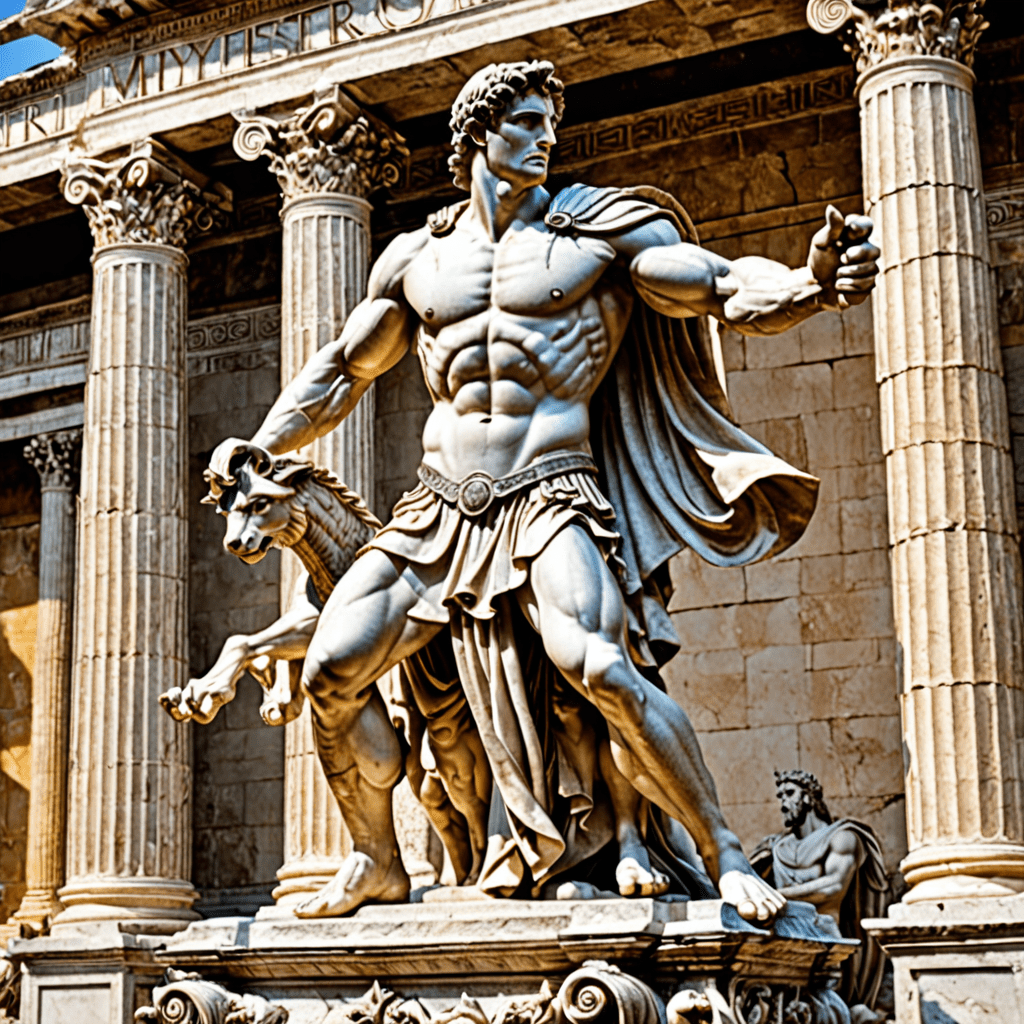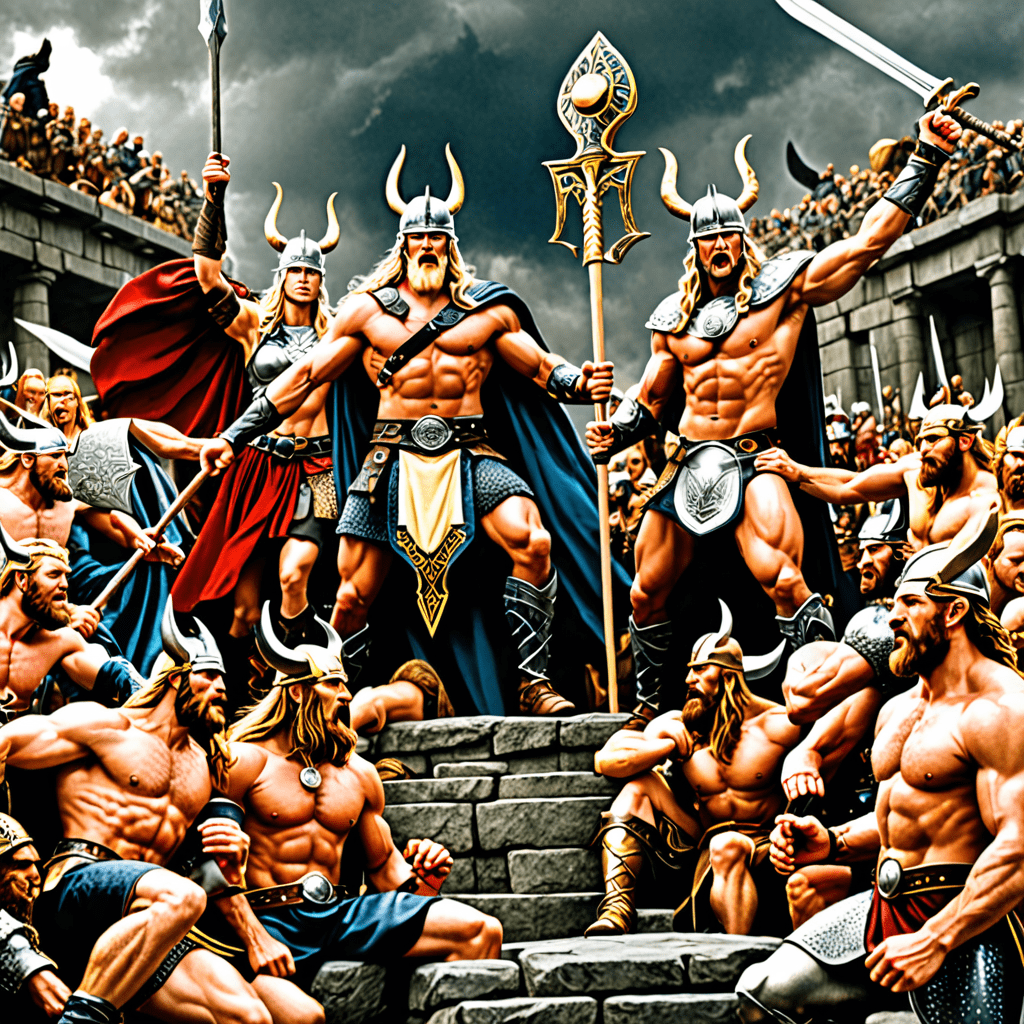The Symbolism of Stability and Change in Roman Mythology
Roman mythology, like many ancient mythologies, is rich in symbols that represent various aspects of life, nature, and human experiences. Two significant symbols that are prevalent throughout Roman mythology are stability and change. Let’s delve into how these symbols are portrayed in Roman myths and what they signify.
Stability in Roman Mythology:
Stability is often personified in Roman mythology by gods and goddesses associated with order, tradition, and unchanging elements of the world. For example, Janus, the Roman god of beginnings and transitions, is often depicted with two faces—one looking to the past and the other to the future, symbolizing the stability of the past and the potential for change in the future. Another example is Vesta, the goddess of the hearth, representing the stability and warmth of the home.
Change in Roman Mythology:
Change, on the other hand, is embodied by deities linked to transformation, growth, and evolution. One prominent figure symbolizing change in Roman mythology is Janus’ counterpart, the god Terminus, who presides over boundaries and transitions. He represents not only the physical boundaries but also the shifts and changes that occur in life. Additionally, Fortuna, the goddess of luck and chance, embodies the unpredictable nature of change in one’s fortune.
Balance of Stability and Change:
It’s crucial to understand that stability and change are not opposing forces in Roman mythology but rather complementary aspects of existence. The Romans believed in the cyclical nature of life, where stability provides a foundation for growth and change leads to renewal and progress. Just as the Roman civilization itself experienced periods of stability and transformation, so too did their myths reflect this duality.
Conclusion:
In conclusion, the symbolism of stability and change in Roman mythology mirrors the inherent balance between continuity and evolution in life. By exploring these symbols in Roman myths, we can gain deeper insights into the cultural values, philosophies, and beliefs of the ancient Romans. Embracing both stability and change allows us to navigate the complexities of life with resilience, adaptability, and a deeper appreciation for the natural cycles of existence.
FAQ: Stability and Change in Roman Mythology
What does stability symbolize in Roman mythology?
Stability in Roman mythology often represents order, predictability, and the enduring qualities of traditional values, structures, and institutions. Gods like Janus, associated with beginnings and transitions, are also seen as symbols of stability due to their presence at important junctures.
How is change symbolized in Roman mythology?
Change in Roman mythology is often depicted through gods like Mercury, who embody transitions, commerce, and communication. Change is viewed as necessary for growth and evolution, and deities like Saturn, representing time and renewal, symbolize the cyclical nature of change.



